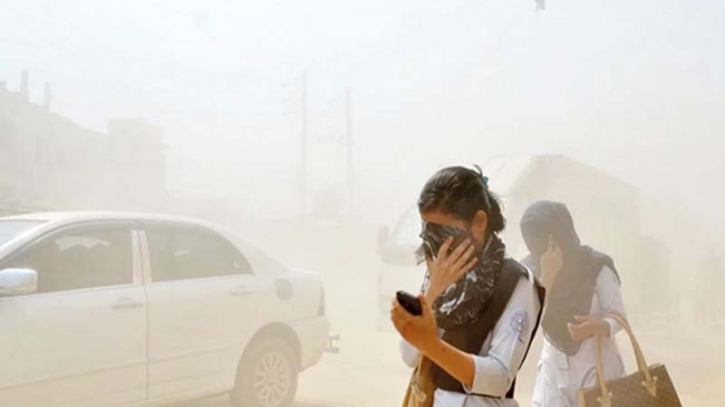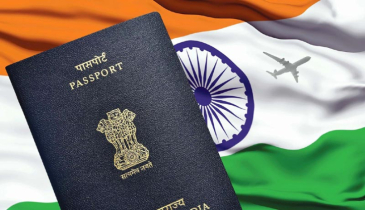Air pollution shortens life expectancy in Bangladesh by average 4.8 years

Bangladesh is the world's most polluted country and particulate air pollution (PM2.5) shortens the average Bangladeshi resident's life expectancy by 4.8 years, relative to what it would be if the World Health Organisation (WHO) guideline of 5 µg/m³ were met, says a new global report released today.
According to a new global report released on August 28, particulate air pollution (PM2.5) is cutting short the average Bangladeshi resident's life expectancy by 4.8 years, compared to what it could be if the WHO guideline of 5 µg/m³ were achieved.
The report highlights that certain regions in Bangladesh are affected more severely than others. For instance, in the districts of Gazipur and Narsingdi, air pollution is reducing life expectancy by over 6 years.
Bangladesh's population of 166.4 million people lives in areas where the annual average level of particulate pollution exceeds the WHO guideline. Additionally, 96.8 percent of the population resides in regions that fail to meet the country’s own national standard of 35 µg/m³. Even in Sylhet, the least polluted district, the particulate pollution level is 6.7 times higher than the WHO guideline.
While air pollution is the most significant factor reducing life expectancy in Bangladesh, shortening lives by 4.8 years on average, other factors also contribute. For example, tobacco use reduces life expectancy by 2 years, and child and maternal malnutrition by 1.4 years.
In 2022, there was a 22 percent reduction in particulate pollution compared to 2021, which contrasts with the rising pollution trend from 2015 to 2021. If this reduction is sustained, the average Bangladeshi resident could expect to live one year longer than they would have if exposed to the average pollution levels of the past decade.
The situation is particularly dire in some of the most polluted districts, located in the Dhaka and Chattogram regions. In these areas, which are home to 75.9 million people or 45.6 percent of Bangladesh's population, residents are projected to lose an average of 5.4 years of life expectancy compared to the WHO guideline.
If Bangladesh were able to reduce particulate pollution to meet WHO standards, residents in Dhaka, the country's most populous district, could gain 5.6 years of life expectancy. In Chattogram, the second most populous district, residents could gain 5.2 years.
.png)









